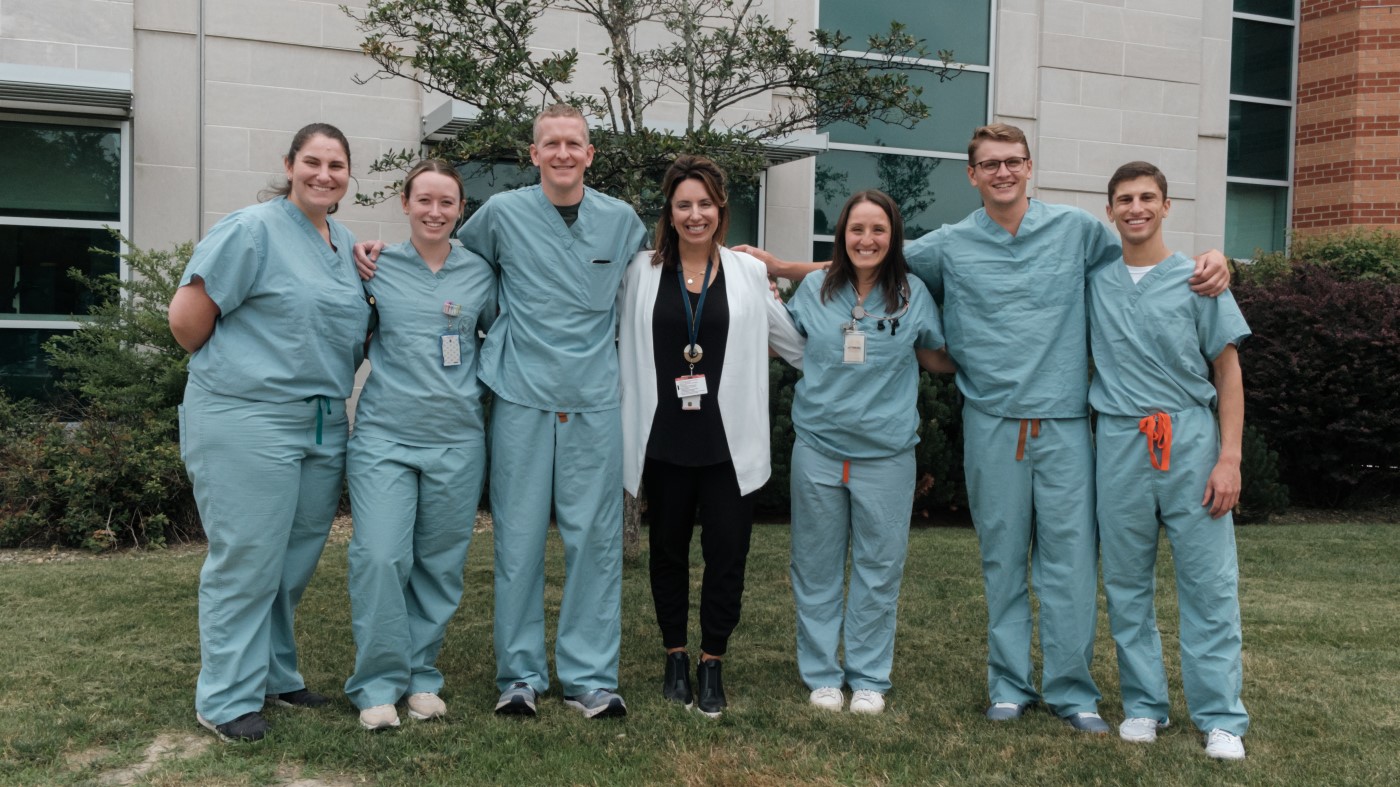In her new role, Dr. Carolyn Clancy has been communicating her experiences and observations as VA’s Interim Under Secretary for Health in weekly internal messages. Her memos underline one of the main goals we have at VA Careers, which is to focus on the important work VA does to advance health care in the U.S., and how vital our employees are to that mission. Read her latest message below:
Every day in the VA health care system, our dedicated employees identify new approaches to addressing issues that stand in the way of providing the best possible care to Veterans. In fact, many of them actively seek out these innovations in the name of Veteran-focused care.
The late Dr. Scott Mader was one such employee. He had a passion for working with Veterans and the committed staff at the Portland VA Medical Center, where he served as an administrator, researcher and clinician before succumbing to cancer last year. Under the leadership of Dr. Mader, Portland became the first VA facility to try out a pioneering health care delivery model called Hospital at Home, which allows patients who need acute hospital-level care to receive that care in their own homes.
Hospital at Home is a modern-day version of the house call. In addition to daily in-home visits from physicians and nurses, patients admitted to Hospital at Home can call providers any time, day or night, and they have access to laboratory and other needed services in the home setting. If you’ve ever been hospitalized, you likely would have preferred to receive treatment in the comfort and familiarity of your home, if that had been an option. Dr. Mader knew most of his patients would have agreed, so he was eager to have the Portland VAMC participate with several other clinical sites in a national demonstration study led by Dr. Bruce Leff, who developed the Hospital at Home model at the Johns Hopkins University School of Medicine in Baltimore. The study found that the in-home model met quality standards at rates similar to the acute hospital. Costs were also lower, and patient satisfaction was higher.
More than a decade later, a modified version of the model from the study is still in use at the Portland VAMC. The model has also been adopted at numerous other VA sites, such as the Cincinnati VA Medical Center, and most notably the Southeast Louisiana Veterans Health Care System, where it was launched after the New Orleans VA Medical Center was flooded and rendered inoperable in the wake of Hurricane Katrina. The Hospital at Home model is expected to continue spreading throughout the VA health care system. It is exactly the kind of innovative approach to delivering health care that will help us achieve positive outcomes for Veterans, one Veteran at a time.
CAROLYN M. CLANCY, MD

Topics in this story
More Stories
Whether it’s access to the great outdoors or a calmer pace in your everyday life, you can find it in rural VA communities around the country.
If you’re looking for an opportunity to provide care to Veterans outside a traditional clinical setting, Home Based Primary Care (HBPC) is a great option.
A key part of your job search is finding the right fit for you and your skills, and workplace culture can impact that dramatically.






